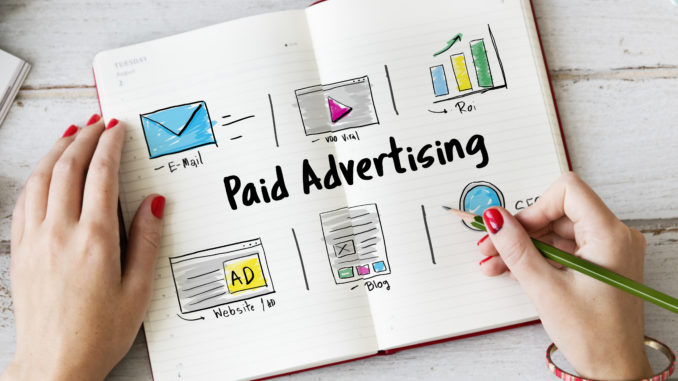
While executing a paid media marketing campaign for your brand, it’s important to direct your advertising efforts in the right direction for the optimal targeting, delivery and measurement of paid ads. But how can a business do this? Well, these essential tips will help you get started.
Anyone running a paid media marketing campaign will surely be familiar with the Google AdWords Keyword Planner which shows your brand’s competition, estimated cost per click, search volume and other related suggestions to help you build out keyword lists. Via your search term query report, you can add positive and negative keywords and tweak match types. In the process, you will not only gain ideas for new keywords but also new ad groups and even campaigns.
Focusing on high performance keywords and grouping them under a proper theme allows clear information to be imparted to the customer.In turn, a good Ad strength provides you with feedback to help you focus on providing the right messages to your customers.
Another component of keyword research is blocking out negative keywords that are irrelevant to your campaign. This is essential in bringing costs down and maintaining relevant traffic coming to your website.
When it comes to non-performing keywords, pausing them might seem like the automatic thing to do but that’s not a smart move unless you’ve monitored and optimized the poor-performing parts first.
During the research and experimentation phase of your keyword research, experiment with different keyword match types. This will help control which searches on Google can trigger your ads.
By creating multiple ads to test variations in copy, imagery and overall ad format, you can improve the performance over the life of your paid media campaign.You can ensure equal ad coverage by rotating different ads and optimize the return on investment by having multiple ads for each type of ads.
Multiple ad copies also allow you to add more ad extensions in the copies. As ad extensions give your ads more prominence and get you more clicks and valuable user interactions, it makes sense to implement extensions almost immediately. However, keep in mind to enable ad extensions that add value to potential customers by providing relevant information.
Improvise Custom Landing Pages
In Google’s definition for landing page experience, they define a landing page as simply as “the URL people arrive at after they click your ad.”No wonder so much focus is put on a great landing page experience. It directly affects ad rank, CPC, average position, and quality score.
Revising the content of a website’s landing page based on search term queries (including the search term in the landing page headline and text) not only improves the brand’s chances of a higher placement, but it also reaffirms to the user that your website has got what they’re looking for. The same goes for adding more relevant content and sticking to a small, highly relevant keyword pool.
In this age of smartphones, it would be foolish to ignore optimizing landing pages to be mobile-friendly. Make sure the landing page loads quickly as Google considers page loading time an important factor in the customer experience.
Focusing on Demographic Audience
Pushing paid content in front of random social media users isn’t going to immediately work or perform well at all. It’s vital to be strategic with targeting frequency and audience demographics so that you gain conversions, reduce unnecessary impressions and, indirectly, save your campaign budget.
Demographic targeting aims at segmenting the audience based on shared traits and then targeting them with the campaign.Some of the main factors to focus on when looking at a demographic audience are age, gender, industry position, languages known and household income.
In one study, 66% of marketers believed location-based advertising to be one of the ‘most exciting’ mobile opportunities. This type of targeting presents an opportunity for advertisers to personalise their messages to people based on their current location – in real time.
Even if you’re targeting a broader audience, try targeting specific areas and cities according to your campaign objective. Results also vary depending on the services offered by the brand and the industry. Once you know which city is raising results, focus on that area.
Social Media and Paid Media
Paid social media strategies will allow you to engage with social media to build customer journeys and brand awareness. However, paid social isn’t the same on every network and you need a unique strategy – a combination of both creativity and budgeting – for successfully running ads on different platforms.
So here we have a few essentials tip that can help you with your brand’s paid media marketing campaign. At the crux of it, focusing on a proper campaign structure with different ad groups theme – according to keywords and ad copies – is a good way to gain a high PPC performance.

Leave a Reply